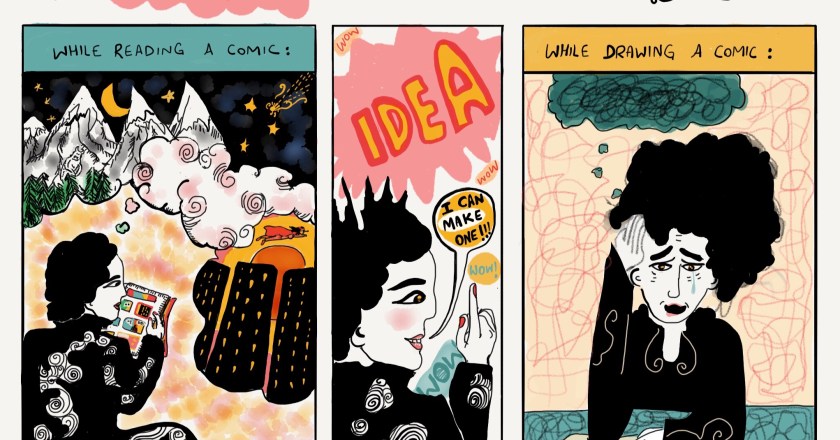Bookshelf Travels: Borrowed Books in Personal Libraries
Lovleen Misra
जिस के पन्ने
क़ैद न करें
उसे क्या चुराना
जो दिमाग संग
दिल पे न छाए
उसे क्या चुराना
जो आपकी हमबिस्तर
न बन सके
उसे क्या चुराना
जो किताबी हवस
न जगाये
उसे क्या चुराना
जिसे लौटाने का
मन चाहे
उसे क्या चुराना.
जो अपने घर
पे अपनी न लगे
उसे क्या चुराना
जनाब, किताब
तेरी या मेरी नहीं
पढने वाली की होती है.
Translation
Why steal something
Whose pages fail to entrap you
Why steal something
That does not overwhelm the stone-heart
Why steal something
That cannot share your bed
Why steal something
That does not provoke a bookish lust
Why steal something
That you want to return
Why steal something
That does not feel at home in your home
Janab, a book is not mine or yours
It belongs to the reader
Roxanna Khan
I borrowed this book circa 2013 from a close ...




















